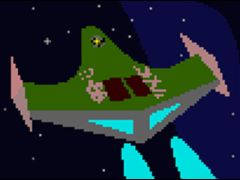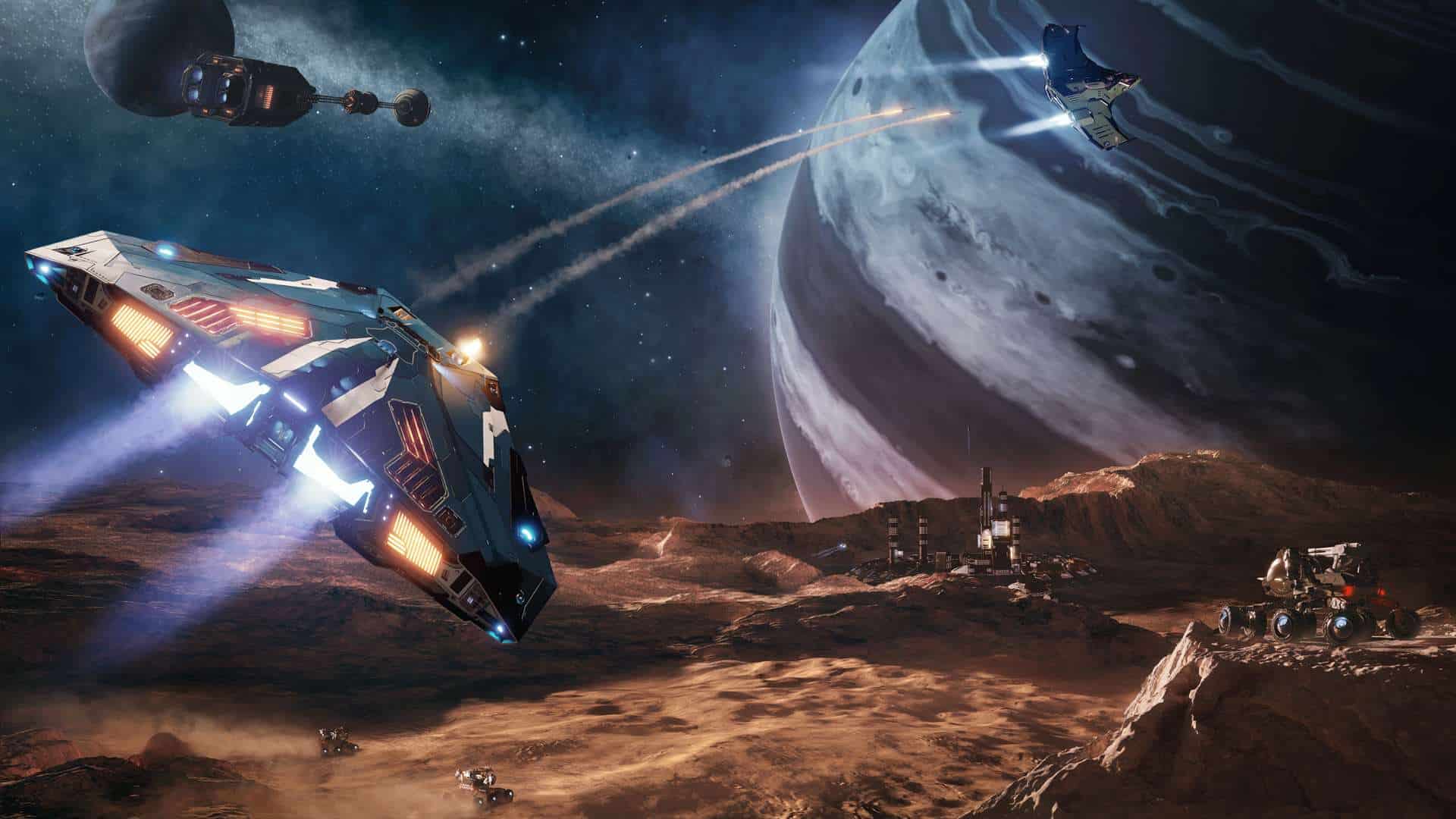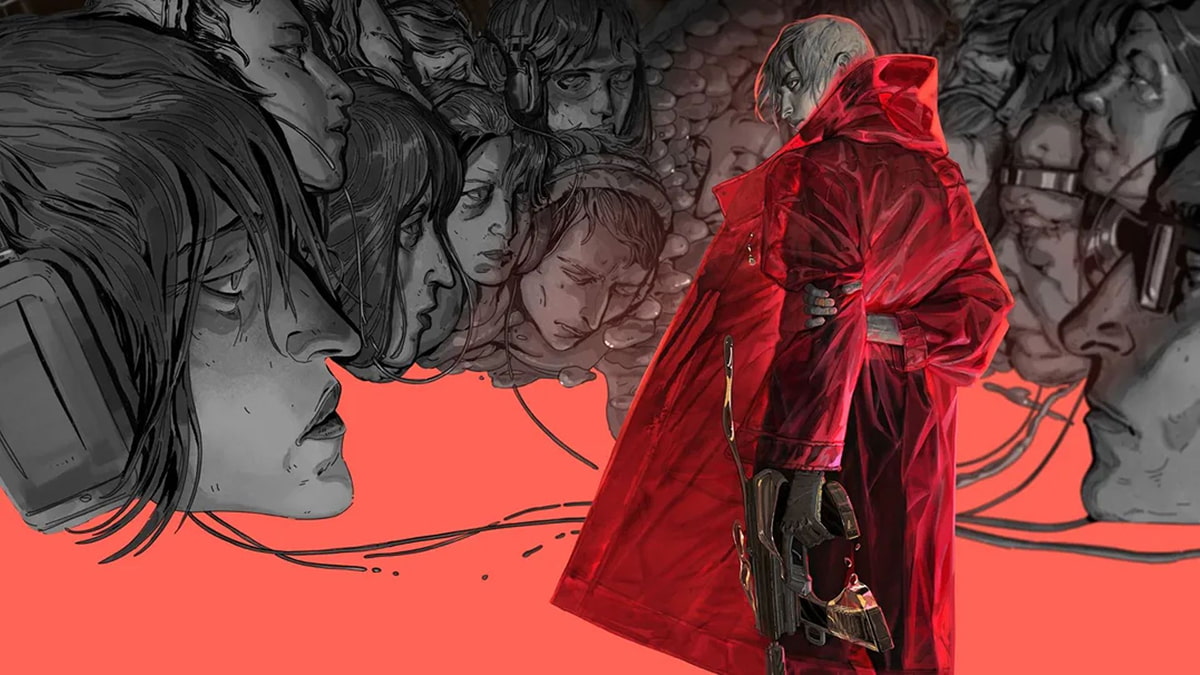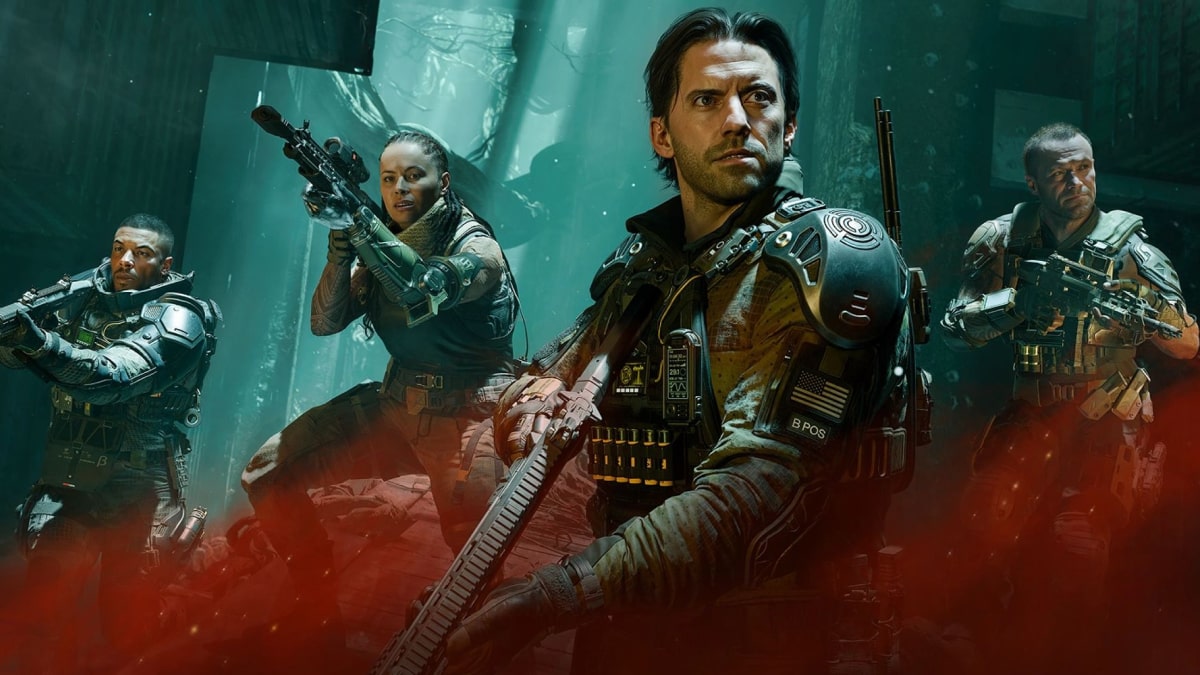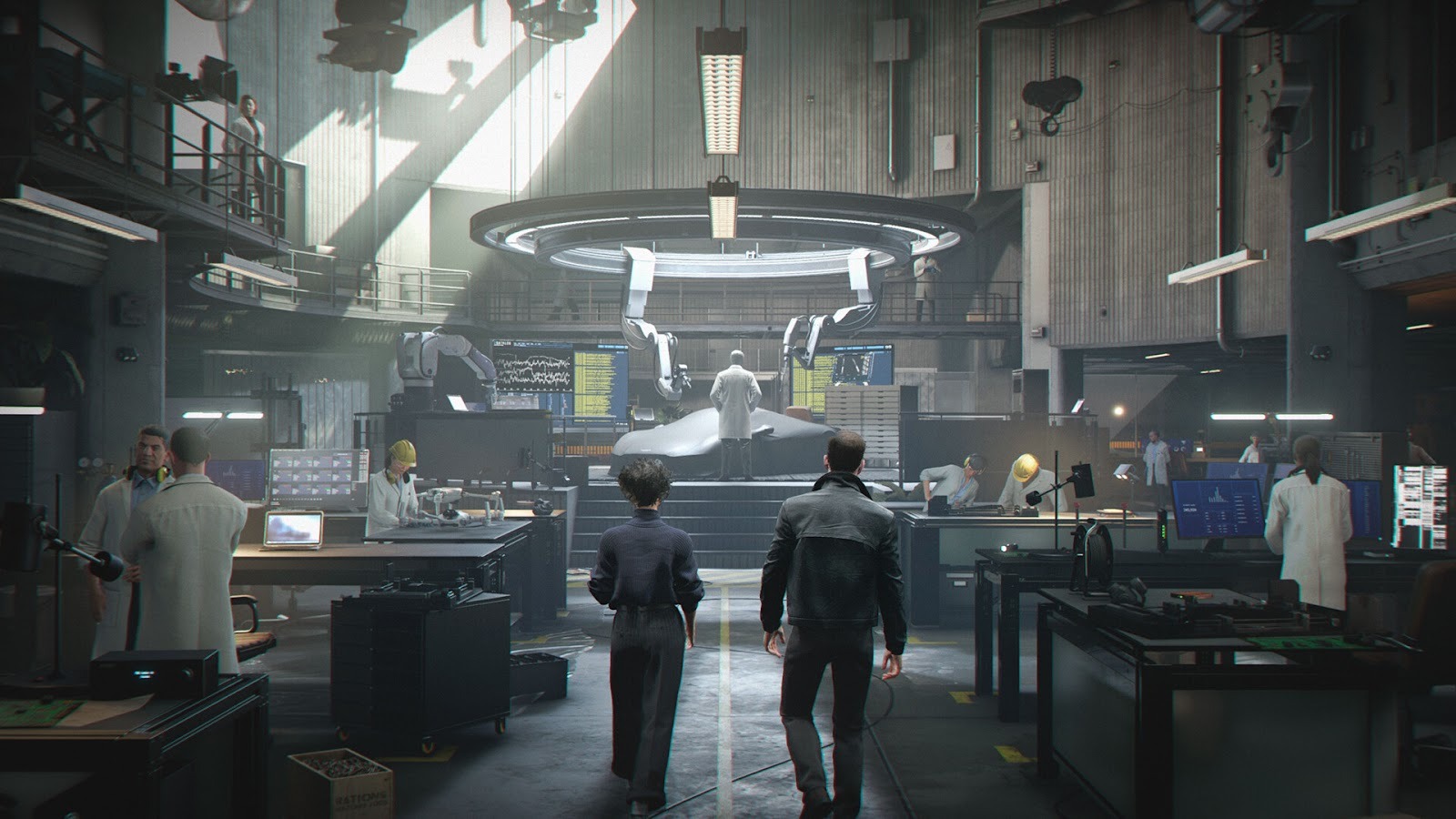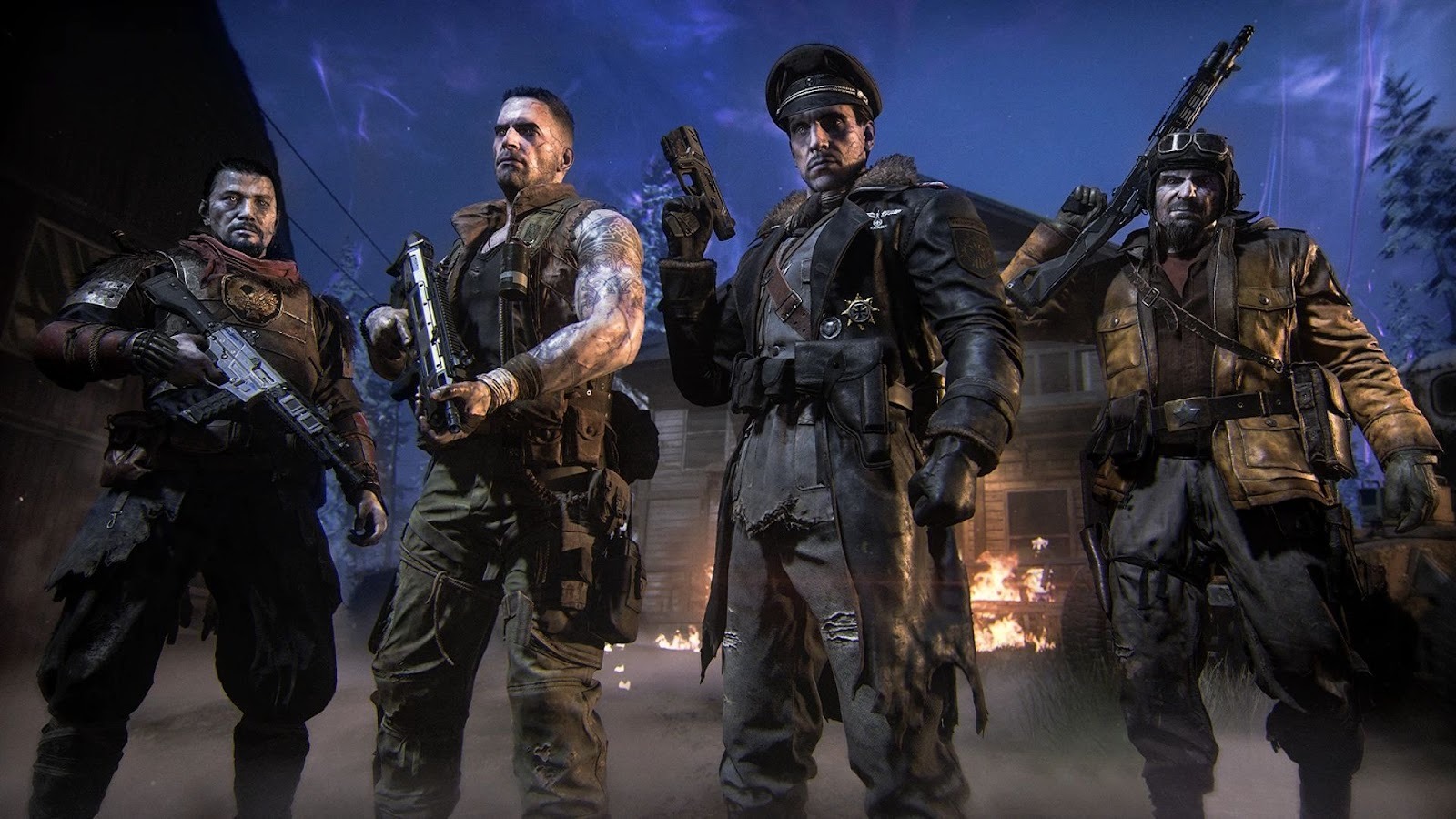You can trust VideoGamer. Our team of gaming experts spend hours testing and reviewing the latest games, to ensure you're reading the most comprehensive guide possible. Rest assured, all imagery and advice is unique and original. Check out how we test and review games here
Gary Penn, the creative director of DMA during the development of the first Grand Theft Auto, once described GTA – the most successful and beloved open-world video game series of all time – as “basically Elite in a city”.
Elite is that important. At a time when the vast majority of games were a collection of screens with an assortment of things to kill meandering around, Elite presented players with something incredible: an entire universe to explore. With several galaxies to roam around in, commodities to trade, pirates to shoot at and settlements to visit, Elite almost single-handedly launched the open-world genre, directly and indirectly inspiring countless titles in the 30 years that followed.
But I never played Elite, as it came out when I was a baby. My only memories of it are brief flashes of my father swearing at it through the monochrome green monitor of our Amstrad CPC464, no doubt losing a few tonnes of “minerals” in a pirate attack. I did, however, play the sequel. A lot.
1993’s Frontier: Elite II expanded the concept in directions which, even now, are impressive. Fitting onto a single 880k floppy disc, it contained a reasonably accurate model of our Milky Way galaxy and the millions of solar systems within, simulating planetary orbits and gravity (it was entirely possible to ‘slingshot’ around large celestial bodies, just like real spacecraft). You could land on planets, and they were modelled in exquisite detail by 16-bit standards. I vividly remember flying low over Paris, and crashing into the Eiffel Tower, distracted by my marvelling at the idea that they’d actually put it in.
Flying low over other planets in the galaxy would reveal details like bridges, lakes, domed cities containing skyscrapers with little company logos on them. As well as simulating worlds, it also simulated a space-faring society, complete with a vast trading economy, competing empires, and various mercenary career paths.
This was a game that completely sold its world to the player – it was easy to forget that you were hunched over an Amiga 1200 with a perennially clicking disk drive and yellowed keys. I don’t remember playing anything else on that machine, although I must have.
/https://oimg.videogamer.com/images/e371/frontier_city.jpg)
Frontier: Elite II had a dramatic effect on my love of video games. My Morrowind obsession, the ever-present in-joke around these parts, can be traced directly back to it. Morrowind has nothing to do with space travel, but the core philosophy of Elite forms a major part of The Elder Scrolls’ DNA. It presents the player with a world to explore. It gives them the tools to interact with it. It lets them go off and have adventures. The same goes for Fallout 3, GTA V, and countless others. Even the likes of Mass Effect and Dragon Age, which are far more controlled and (dare I say it) linear experiences than these other examples, evoke that Elite sense of freedom, through narrative and choice, and sheer world-building.
After Frontier, the space-sim genre appeared to die a slow, protracted death. A third Elite sequel, First Encounters, came to market in 1995, but it was little more than a buggy re-hash of Frontier. Its financially troubled publisher, Gametek, pushed the game out well before it was ready, and it sold a fraction of what it needed to to save them from going under. It felt like a sad and unworthy end to one of the medium’s most crucial successes.
The years leading up to Elite: Dangerous have been heartbreaking for fans of the series. Previously known as Elite 4, it spent a good 15 years as vapourware. Every few years it would be mentioned in an interview, or materialise as a tantalising piece of concept art, but it refused to be real. In the interim, many “Elite clones” came and went, some decent, some awful, but none of them a truly worthy successor to their progenitor.
The last great attempt to do an Elite, 2003’s Freelancer, was a fantastic game – but despite coming a decade later than Frontier: Elite II, it didn’t bother to simulate solar systems or give players any meaningful freedom. It was an arcade space-shooter in the guise of an Elite clone, something to place on your shelf next to the countless space combat simulators that were directly inspired by a tiny fraction of the Elite experience and could never hope to quench a thirst for it.
Mission based combat-sims became the marketable version of the Elite experience for a while, but even they died a death. The most famous of these, the celebrated Wing Commander series, gasped its last with Wing Commander: Prophecy in 1997.
/https://oimg.videogamer.com/images/cd2e/elite_dangerous.jpg)
The resurgence of the space-sim in 2014 comes at a time when the games industry is seeing massive upheavals of its traditional selling models. It is no longer necessary to spend millions of dollars and man hours on safe, bankable ideas in order to be successful. The advent of crowdfunding, the rise of the indie, the accessible digital marketplaces of Steam, XBL and PSN have changed this industry to such an extent that it is now possible to have a new Elite game (and several promising clones) on the celestial horizon. It feels right that David Braben’s beloved creation is finally taking off again, right now, when the spirit of the bedroom coders – the generation which spawned him – is right back at the forefront of the industry.
For my entire gaming life, I’ve been chasing the ‘Elite factor’, like an Irn-Bru addict scouring the supermarket for a fix. With Elite: Dangerous in the pipeline, bringing my childhood full circle, I can stop settling for Tizer. Isn’t the future brilliant?
Elite Dangerous
- Platform(s): macOS, PC, PlayStation 4, Xbox One
- Genre(s): Action, Adventure, Massively Multiplayer, RPG, Simulation, Space
